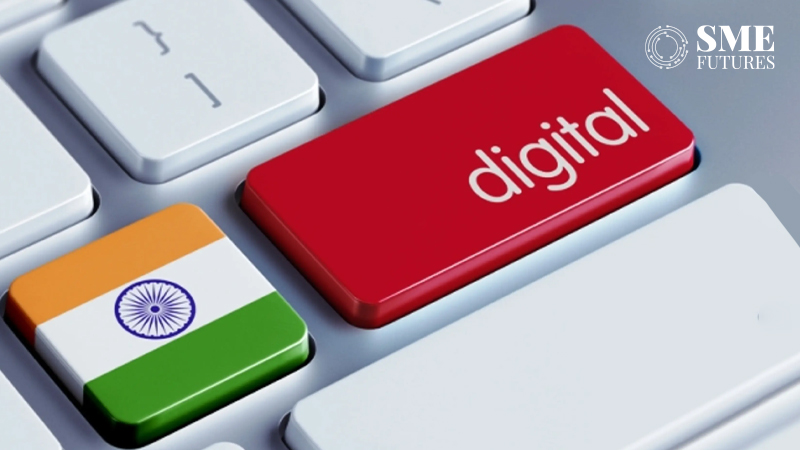Digitalisation has driven financial inclusion in India and government initiatives in this sector are estimated to triple retail borrowing to about $2.5 trillion, or about 34 per cent of the GDP, by 2023, a report mentioned on Wednesday. The transformation of India’s savings landscape, and the prospects for lending growth, are underpinned by three key elements — dubbed JAM (Jan Dhan-Aadhaar-Mobile).
Digital technologies have already boosted India’s financial inclusivity, lifting basic savings account ownership to about 77 per cent, up from 35 per cent in 2011, according to the report by S&P Global Ratings.
The growth in retail lending could include an even faster increase in micro-loans, primarily to previously-excluded low-income earners, with such loans potentially accounting for about 7 per cent of household debt by 2030, the findings showed.
“Greater credit penetration comes with the risk of higher loan defaults, notably among low-income earners during an economic downturn. Yet, that risk will be mitigated by limited micro-lending by major banks,” said Geeta Chugh, S&P Global rating analyst.
Digitalisation has driven financial inclusion in India, enabling mass access to savings accounts and digital payments.
At the same time, micro-loans to lower-income earners are democratising lending and growing faster than overall household debt.
The report mentioned that expansion in lending is underpinned by savings account penetration and a rapid increase in digital transactions, which provide the data required for lenders to make informed underwriting decisions.
“Meanwhile, improved digital payment infrastructure is supporting lenders’ ability to collect payments and reducing barriers to lending-market competition. We expect that will strengthen India’s economy and provide growth opportunities for the financial sector,” the report stated.
The Pradhan Mantri Jan Dhan Yojana (Jan Dhan or PMJDY), the Indian government’s financial inclusion plan, envisages at least one basic banking account per household, improved financial literacy, and access to credit, insurance, and pension facilities.
Launched in 2014, PMJDY accounts are now about 23 per cent of India’s total savings accounts by number.
Aadhaar is at the centre of India Stack, the digital infrastructure that has enabled financial inclusion.
Mobile penetration, which has increased significantly and rapidly in India, such that about 81 per cent of the population (or 1.14 billion people) have a mobile cellular subscription, including about 800 million smartphone users with cheap data costs, at about $0.16 per gigabyte, the report mentioned.











